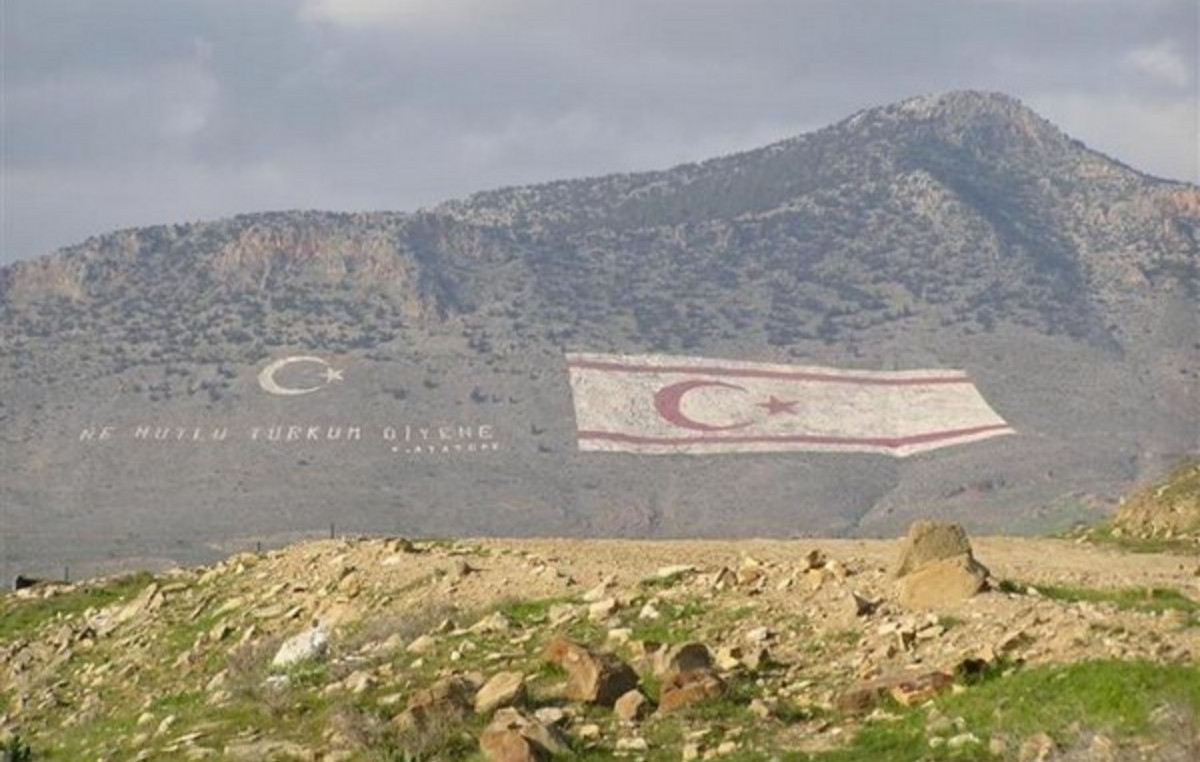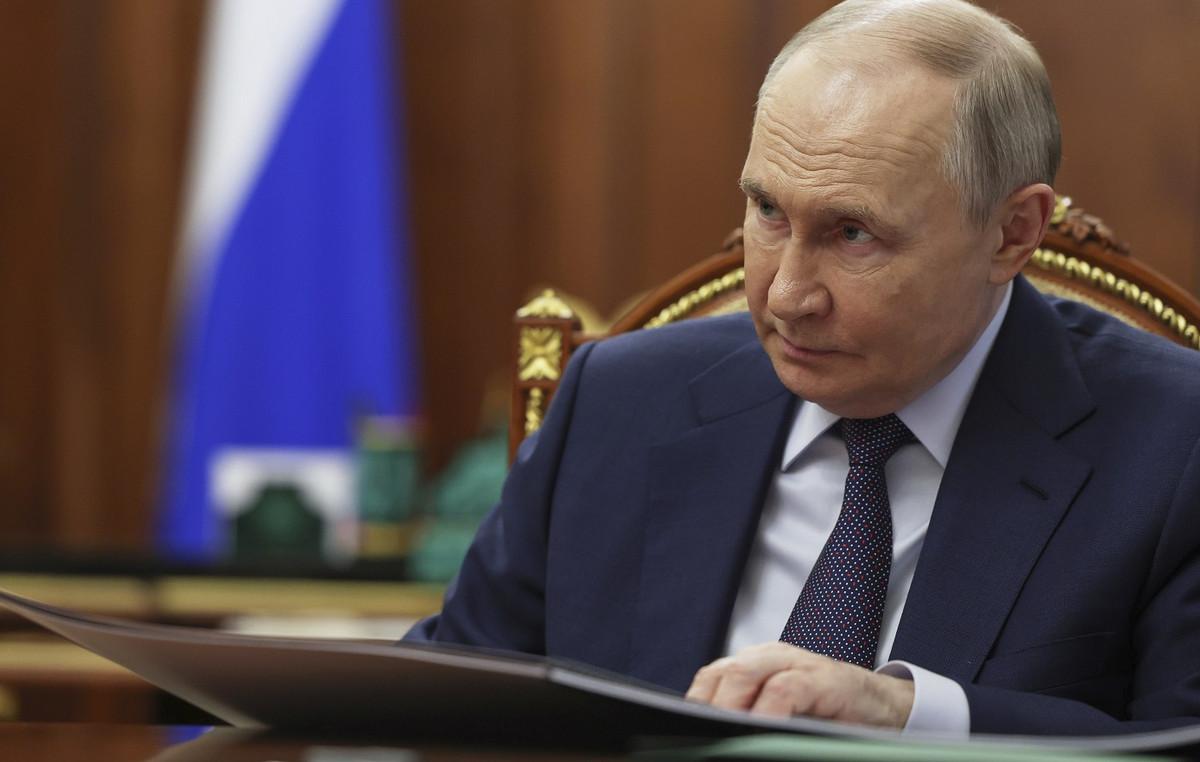- The WTI price is appreciated due to the increase in geopolitical risk premium, driven by supply concerns.
- Trump indicated an upcoming announcement about Russia, unleashing speculation about possible new sanctions to the important oil exporter.
- Signals of demand improvement arise as Saudi Arabia is expected to send around 51 million barrels of oil to China.
The West Texas Intermediate (WTI) oil price goes back more than 2% of the losses recorded in the previous session, quoting around $ 66.10 per barrel during the Asian hours of Friday. Crude oil prices receive support from the growing geopolitical risk awards, promoted by possible supply concerns.
The president of the USA, Donald Trump, said he would soon make an ad related to Russia, feeding speculation about possible new sanctions to the important oil exporter. Trump has expressed frustration with the Russian president, Vladimir Putin, for the stagnant peace efforts in Ukraine and the increase in the bombardment of Ukrainian cities, according to Reuters.
In addition, crude oil prices also receive support from an improvement signal in demand, driven by the expectations that Saudi Arabia send around 51 million barrels of oil to China, the highest figure in more than two years in August. However, the OPEC reduced its global oil demand forecasts for the period 2026-2029, citing a deceleration in Chinese consumption, according to its worldwide oil perspective 2025 published on Thursday.
However, the potential for increasing oil prices could be limited due to concerns about global demand, driven by the new tariffs of the US president, Donald Trump. President Trump announced on Thursday a tariff rate of 35% for the imported goods of Canada, which will enter into force on August 1, and indicated 15-20% general tariffs for most other commercial partners. He added that the European Union (EU) would also receive a letter notifying them about the new tariff rates “today or tomorrow”.
WTI oil – frequent questions
WTI oil is a type of crude oil that is sold in international markets. WTI are the acronym of West Texas Intermediate, one of the three main types that include the Brent and Dubai’s crude. The WTI is also known as “light” and “sweet” by its relatively low gravity and sulfur content, respectively. It is considered high quality oil that is easily refined. It is obtained in the United States and is distributed through the Cushing Center, considered “the crossing of the world.” It is a reference for the oil market and the price of WTI is frequently traded in the media.
Like all assets, supply and demand are the main factors that determine the price of WTI oil. As such, global growth can be a driver of the increase in demand and vice versa in the case of weak global growth. Political instability, wars and sanctions can alter the offer and have an impact on prices. OPEC decisions, a group of large oil -producing countries, is another key price factor. The value of the US dollar influences the price of WTI crude oil, since oil is mainly traded in US dollars, so a weaker dollar can make oil more affordable and vice versa.
Weekly reports on oil inventories published by the American Petroleum Institute (API) and the Energy Information Agency (EIA) influence the price of WTI oil. Changes in inventories reflect the fluctuation of supply and demand. If the data show a decrease in inventories, it can indicate an increase in demand, which would raise the price of oil. An increase in inventories may reflect an increase in supply, which makes prices lower. The API report is published every Tuesday and that of the EIA the next day. Their results are usually similar, with a 1% difference between them 75% of the time. EIA data is considered more reliable, since it is a government agency.
The OPEC (Organization of Petroleum Exporting Countries) is a group of 13 nations oil producing that collectively decide the production quotas of member countries in biannual meetings. Their decisions usually influence WTI oil prices. When OPEC decides to reduce fees, it can restrict the supply and raise oil prices. When OPEC increases production, the opposite effect occurs. The OPEC+ is an expanded group that includes another ten non -members of the OPEC, among which Russia stands out.
Source: Fx Street
I am Joshua Winder, a senior-level journalist and editor at World Stock Market. I specialize in covering news related to the stock market and economic trends. With more than 8 years of experience in this field, I have become an expert in financial reporting.







